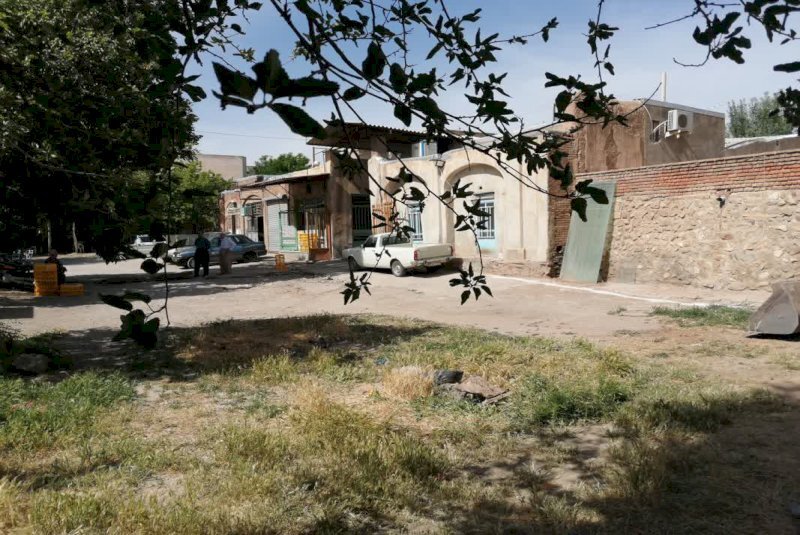INSUBCONTINENT EXCLUSIVE:
heritage sites, and museums including the UNESCO sites of Takht-e Soleyman and Qareh Klise (St
Thaddeus Monastery), Teppe Hasanlu, and the ruined Bastam Citadel.The region has been the seat of several ancient civilizations
It formed part of Urartu and later of Media
established a small kingdom there
The area returned to Persian (Iranian) rule under the Sasanians in the 3rd century CE
The Arabs controlled Azerbaijan from the 7th century until Turkish nomads overran it in the 11th century
Thenceforth the inhabitants of the region were Turkish speakers
The region was overrun by the Mongols in the 13th century, and, under the ruler Hulegu, Azarbaijan became the center of a Mongol empire
extending from Syria on the west to the Oxus River (now Amu Darya) on the east.Possible UNESCO tag for Iranian caravanseraisIran has put
ministry announced that Iran was developing a dossier for a selection of its historical caravanserais for a possible inscription on the
UNESCO World Heritage list
In this regard, cultural heritage experts are assessing such monuments that are scattered across the country to make a shortlist in terms of
their architecture as well as historical and cultural values.Caravansary (also Caravanserai or Caravansaray) is a building that served as
the inn of the Orient, providing accommodation for commercial, pilgrim, postal, and especially official travelers.According to Encyclopedia
Iranica, from the number of surviving caravansaries and their sizes, it is clear that in Safavid and Qajar times there was a state
architectural department that was specifically concerned with the construction of caravansaries and stations on the overland routes
Furthermore, in the cities, several caravansaries were erected as lodging houses, depots, and commercial offices in the vicinity of the
bazaars.A typical caravansary consists of a square or rectangular plan centered around a courtyard with only one entrance and arrangements
Whether fortified or not, it at least provided security against beasts of prey and attacks by brigands.The earliest caravanserais in Iran
were built during the Achaemenid era (550 - 330 BC)
country.For many travelers, staying in or even visiting a centuries-old caravanserai can be a wide experience; they have an opportunity to
feel the past, a time travel back to a forgotten age.Such roadside inns were once constructed along ancient caravan routes in the Muslim
world to shelter people, their goods, and animals
The former Silk Roads may be the most famous example dotted by caravanserais.Cozy chambers that are meticulously laid out around a vast
courtyard may easily evoke spirits of the past
camels chewing hay! You can also conceive the idea of local architectural style and material in its heyday.It is not hard to fancy the
hustle and bustle of merchants bargaining on prices, recounting their arduous journeys to one another while their camels chewing hay!Passing
major roads in the country, one may see crumbling caravanserais, many of which were abandoned for ages
In the Information Age, such guest houses have largely lost their actual usage.However, a couple of years ago, the Iran tourism ministry
introduced a scheme to keep them alive and profitable; tens of caravanserais are ceded to private investors for better maintenance
Now, some are exclusively renovated and repurposed into boutique hotels and tourist lodgings.They often had massive portals supported by
elevated load-bearing walls

